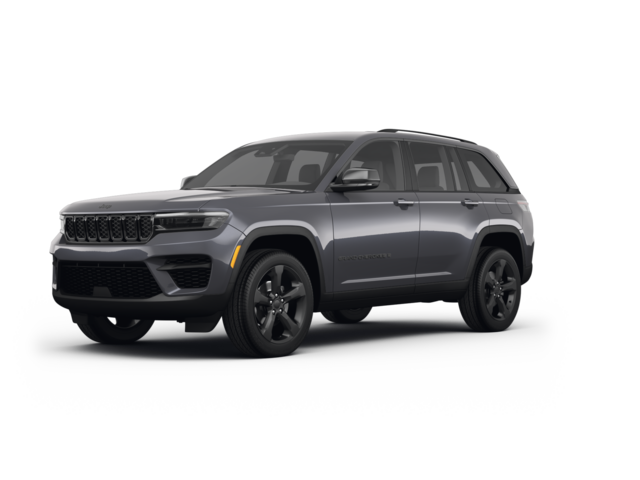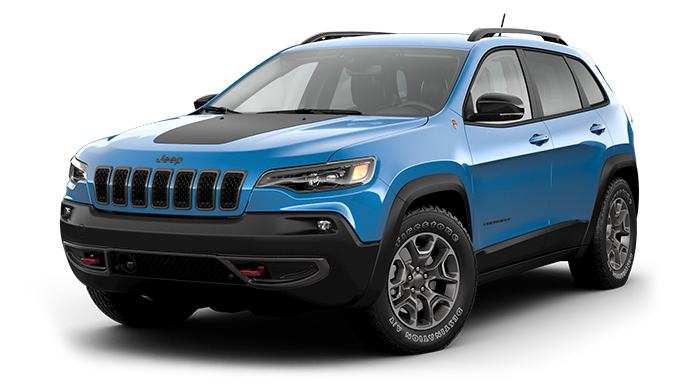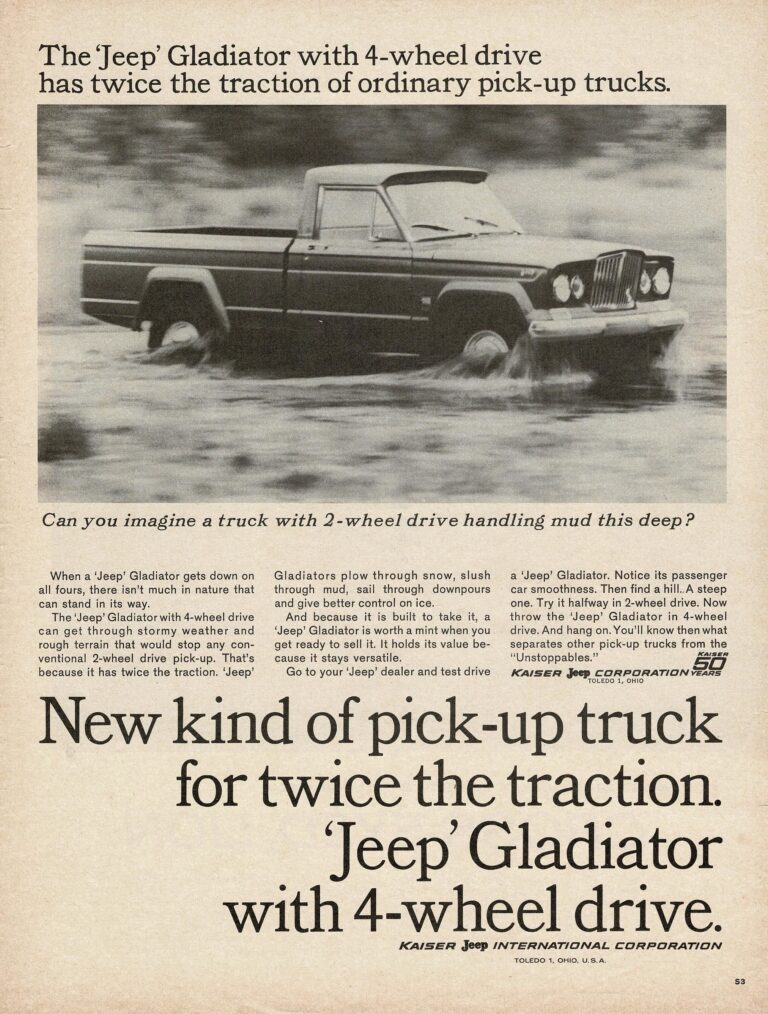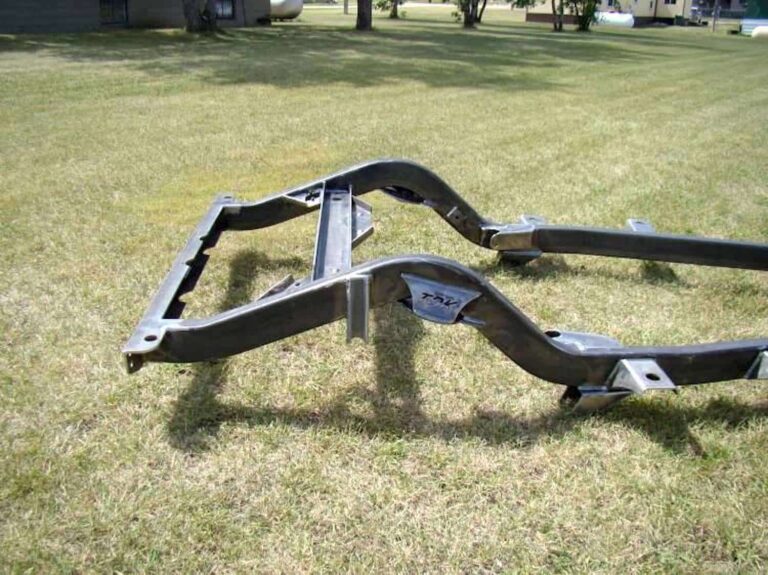Jeep Grand Cherokee Lease Residual Value: Your Comprehensive Guide to Smarter Leasing
Jeep Grand Cherokee Lease Residual Value: Your Comprehensive Guide to Smarter Leasing jeeps.truckstrend.com
The allure of a new Jeep Grand Cherokee – its rugged sophistication, potent performance, and iconic design – is undeniable. For many, leasing offers an attractive pathway to experiencing this premium SUV without the long-term commitment of ownership. However, navigating the complexities of a lease agreement requires understanding a crucial, yet often overlooked, component: Jeep Grand Cherokee Lease Residual Value.
At its core, the residual value is the estimated wholesale value of the vehicle at the end of the lease term. It’s the amount the leasing company predicts the Grand Cherokee will be worth after a specified period and mileage. For lessees, this figure isn’t just a number; it’s the bedrock of your monthly payments and a key determinant of the overall cost-effectiveness of your lease. A higher residual value translates directly into lower depreciation charged over the lease term, resulting in more affordable monthly payments. Conversely, a lower residual value means you’re paying for more depreciation, leading to higher monthly costs. Understanding this concept is paramount to making an informed decision when signing on the dotted line for your next Grand Cherokee.
Jeep Grand Cherokee Lease Residual Value: Your Comprehensive Guide to Smarter Leasing
What is Residual Value and Why Does It Matter for Your Grand Cherokee Lease?
Residual value, expressed as a percentage of the vehicle’s original Manufacturer’s Suggested Retail Price (MSRP), is essentially the leasing company’s forecast of the car’s future worth. For example, if a Grand Cherokee has an MSRP of $50,000 and a 60% residual value after 36 months, the leasing company expects it to be worth $30,000 at the end of the lease.
This figure is critical because your monthly lease payment is primarily calculated based on the depreciation of the vehicle, plus a money factor (interest rate) and taxes. The depreciation amount is simply the difference between the capitalized cost (often close to the MSRP, but can be negotiated down) and the residual value.
Lease Payment Calculation (Simplified):
- Depreciation Amount = Capitalized Cost – Residual Value
- Monthly Depreciation = Depreciation Amount / Number of Lease Months
- Monthly Payment (Approx.) = Monthly Depreciation + Monthly Finance Charge (based on money factor) + Taxes
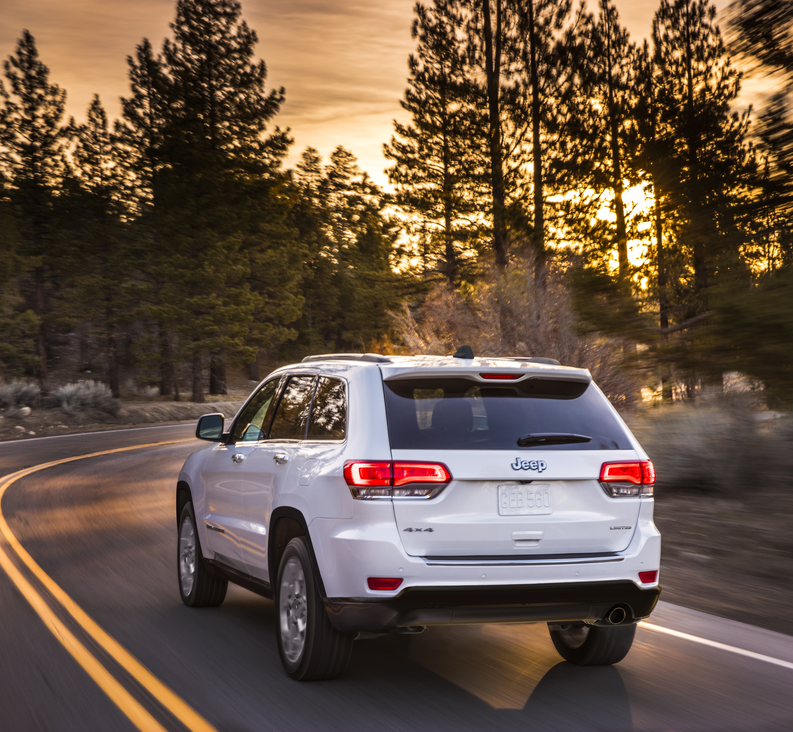
A higher residual value means a smaller depreciation amount, which directly translates to lower monthly payments. This is why vehicles known for holding their value well, like many Jeep Grand Cherokee models, can often be leased more affordably than vehicles with similar MSRPs but poorer predicted resale values.
Factors Influencing Jeep Grand Cherokee Residual Value
The residual value of a Jeep Grand Cherokee is not a static number. It’s a dynamic figure influenced by a multitude of factors, carefully calculated by leasing companies using proprietary algorithms, market data, and historical trends. Understanding these factors can help you choose the right Grand Cherokee model and lease terms.
- Market Demand and Brand Perception: The Jeep Grand Cherokee benefits from strong brand loyalty and consistent demand in the SUV segment. Its reputation for capability, versatility, and American ruggedness helps maintain its value. Popularity and desirability directly correlate with higher residual values.
- Reliability and Build Quality: Vehicles with a proven track record of reliability and solid construction tend to hold their value better. While individual experiences vary, the Grand Cherokee’s general perception of durability contributes positively.
- Trim Level and Options: Not all Grand Cherokees are created equal in terms of residual value. Higher-end trims like the Overland, Summit, or the more recent 4xe models (especially in areas where electrified vehicles are popular) often retain a higher percentage of their value due to their premium features and desirability. Basic trims like the Laredo might have a slightly lower residual percentage. Desirable packages (e.g., advanced safety, panoramic sunroof) can also boost residual.
- Mileage Limits: The lower the agreed-upon annual mileage limit (e.g., 10,000 miles vs. 15,000 miles), the higher the residual value percentage will be, as less wear and tear is expected.
- Lease Term: Shorter lease terms (e.g., 24 or 36 months) generally result in higher residual percentages compared to longer terms (e.g., 48 or 60 months). This is because the vehicle experiences less depreciation over a shorter period.
- Economic Conditions and Fuel Prices: Broader economic trends, interest rates, and fluctuating fuel prices can influence the demand for certain vehicle types, thereby impacting residual values across the board.
- Introduction of New Models/Redesigns: The launch of a significantly redesigned Grand Cherokee model can depress the residual value of the outgoing generation, as newer models typically offer updated technology, styling, and features.
- Vehicle Condition and Maintenance: While not factored into the initial residual percentage, the actual condition of the vehicle at lease end (including mileage, wear and tear, and maintenance history) will determine if you face additional charges or if the vehicle’s market value aligns with the predicted residual.
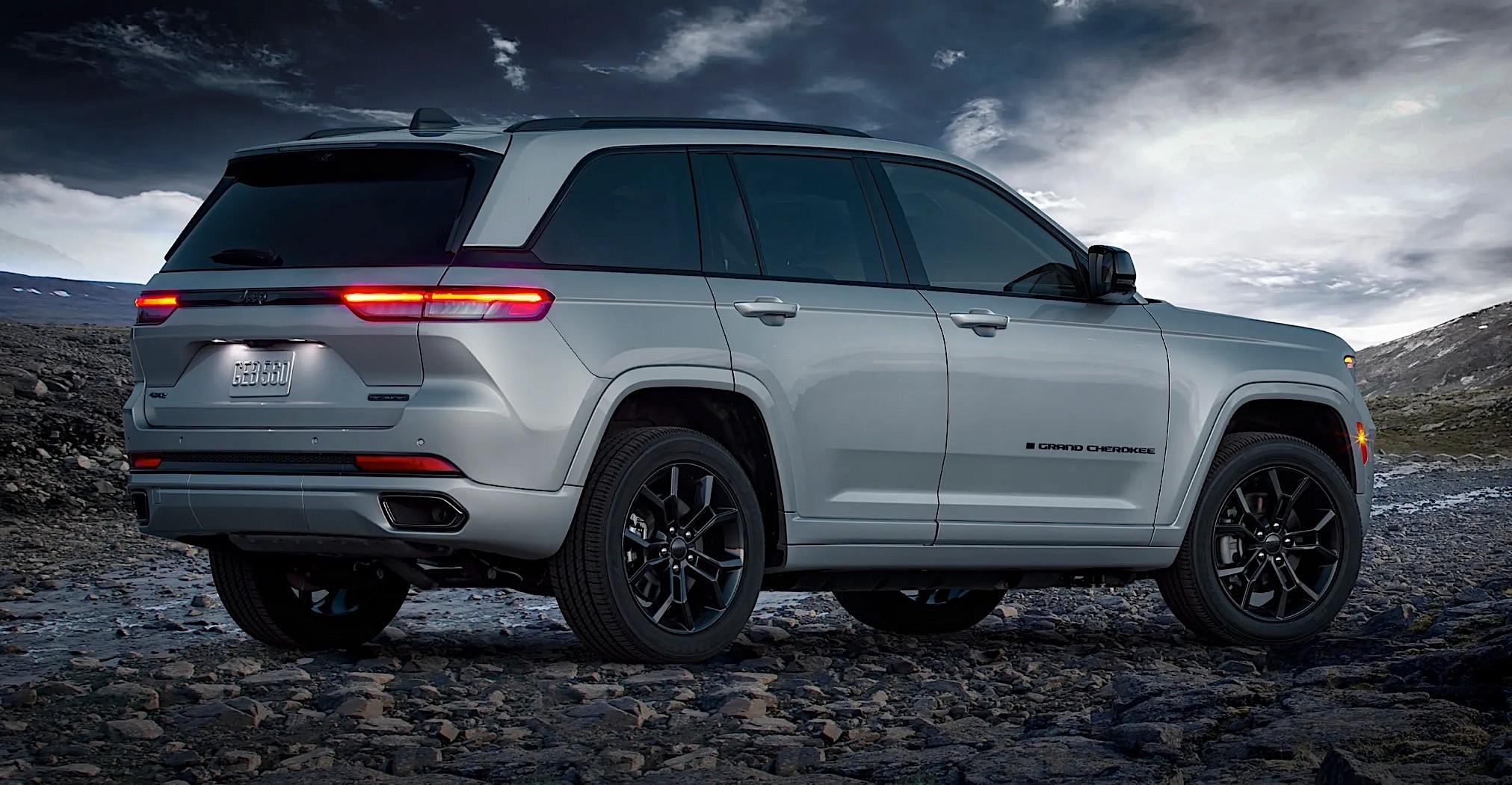
How Residual Value Impacts Your Jeep Grand Cherokee Lease Payments
The impact of residual value on your monthly payment is profound. Let’s consider a hypothetical example:
- Jeep Grand Cherokee MSRP: $55,000
- Lease Term: 36 months
Scenario 1: High Residual Value (e.g., 60%)
- Residual Value: $55,000 * 0.60 = $33,000
- Depreciation Amount: $55,000 – $33,000 = $22,000
- Monthly Depreciation: $22,000 / 36 = ~$611
Scenario 2: Lower Residual Value (e.g., 50%)
- Residual Value: $55,000 * 0.50 = $27,500
- Depreciation Amount: $55,000 – $27,500 = $27,500
- Monthly Depreciation: $27,500 / 36 = ~$764
As you can see, a 10% difference in residual value can lead to a significant difference of over $150 in the monthly depreciation portion of your payment alone, before even factoring in the money factor and taxes. This illustrates why a strong residual value makes leasing a Grand Cherokee more attractive.
Jeep Grand Cherokee Trim Levels and Their Residual Value Differences
The Grand Cherokee lineup offers a range of trims, each with varying levels of luxury, features, and powertrain options. These differences directly influence their respective residual values:
- Laredo/Altitude: As entry-level trims, they offer a great value proposition but may have slightly lower residual percentages compared to higher trims, simply because their initial MSRP is lower, and the market often places a premium on more equipped models.
- Limited/Overland: These mid-to-high trims typically strike a good balance, offering desirable features that appeal to a broad market, often leading to solid residual values.
- Summit/Summit Reserve: As the pinnacle of luxury in the standard Grand Cherokee lineup, these trims often command higher residual percentages due to their premium features, advanced technology, and exclusive finishes, appealing to a niche market willing to pay for top-tier comfort and style.
- Trailhawk: With its off-road prowess and specialized equipment, the Trailhawk holds strong appeal for adventure seekers, which can bolster its residual value, particularly in regions where off-roading is popular.
- SRT/Trackhawk (Older Generations): Performance variants, while exciting, often cater to a smaller, specific market. Their higher initial cost and specialized nature can sometimes lead to different residual value curves compared to volume sellers.
- 4xe (Plug-in Hybrid): The Grand Cherokee 4xe, being a newer, technologically advanced, and eco-friendly option, often sees strong residual values, especially as demand for electrified vehicles grows. Its blend of efficiency and capability makes it highly desirable.
Leasing companies constantly analyze market trends to determine which trims and features are most likely to retain their value. Opting for popular colors, desirable packages (like advanced safety suites or premium audio), and features that enhance resale appeal (e.g., sunroof, navigation) can also subtly influence the actual market value at lease end, even if the initial residual percentage is fixed.
Strategies to Maximize Your Jeep Grand Cherokee’s Residual Value (for a future lease/purchase)
While the residual value percentage is set at the beginning of your lease, the actual condition and market value of your vehicle at lease end can affect your options and potential costs. Here are strategies to ensure your Grand Cherokee maintains its value:
- Meticulous Maintenance: Adhere strictly to the manufacturer’s recommended maintenance schedule. Keep all service records. A well-maintained vehicle is more appealing and will fetch a better price if you decide to buy it out or sell it privately.
- Stay Within Mileage Limits: Exceeding your lease mileage allowance will result in hefty per-mile penalties. Plan your driving habits carefully. If you anticipate going over, consider negotiating a higher mileage allowance at the outset, as it’s often cheaper than paying overage fees.
- Avoid Excessive Wear and Tear: Treat your Grand Cherokee with care. Avoid dings, dents, scratches, and interior damage. Return the vehicle in the best possible condition to avoid excessive wear and tear charges at lease end. Consider investing in protective accessories like floor mats and seat covers.
- Keep it Clean: Regular washing and interior cleaning not only preserve the vehicle’s appearance but also prevent long-term damage from dirt and grime.
- Original Equipment: Keep all original equipment, keys, and manuals. Missing items can result in charges.
- Consider Popular Options: If you’re buying a Grand Cherokee with the intent to lease it later, or even just thinking about its future value, popular colors and features tend to have broader appeal and better resale value.
Leasing vs. Buying: The Role of Residual Value
The residual value plays a pivotal role in deciding whether leasing or buying is the better financial strategy for you regarding a Jeep Grand Cherokee:
- Leasing Advantages (due to high residual): If the Grand Cherokee has a strong projected residual value, leasing becomes particularly attractive. Lower depreciation means lower monthly payments, allowing you to drive a newer, more expensive vehicle for less per month than if you were financing its full purchase price. It also offers flexibility to upgrade frequently.
- Buying Advantages (when residual is a concern): If a particular Grand Cherokee model is predicted to have a poor residual value, leasing might be less appealing due to higher monthly payments. In such cases, buying might be a better option if you plan to keep the vehicle for a long period, allowing you to absorb the initial depreciation and potentially benefit from its remaining useful life beyond the typical lease term. You also build equity and have full ownership flexibility.
For the Jeep Grand Cherokee, which generally holds its value well, leasing often presents a very competitive and attractive proposition for those who prefer lower monthly payments and the ability to drive a new vehicle every few years.
Potential Challenges and Solutions
While a strong residual value is beneficial, certain situations can create challenges at lease end:
- Unexpected Market Downturns: If the actual market value of your Grand Cherokee is significantly lower than the residual value at lease end (e.g., due to an economic recession, a glut of used models, or a sudden shift in consumer preference), you are generally protected in a closed-end lease. You simply return the car and walk away, without owing the difference. This is a key benefit of leasing.
- Exceeding Mileage Limits: As discussed, this leads to per-mile penalties.
- Solution: Monitor your mileage throughout the lease. If you’re consistently over, consider buying out the lease if the residual value is favorable, trading it in early, or negotiating a higher mileage allowance with the leasing company.
- Excessive Wear and Tear: Damages beyond normal wear and tear will incur charges.
- Solution: Address minor damages proactively before lease return. Consider a pre-inspection if offered by the leasing company. If damages are significant, compare the cost of repair yourself versus paying the leasing company’s charge; sometimes, the latter is cheaper.
Practical Advice and Actionable Insights
When considering a Jeep Grand Cherokee lease, keep these actionable insights in mind:
- Always Ask for the Residual Value Percentage: This is non-negotiable by you, but it’s crucial to know. Don’t just focus on the monthly payment; understand how it’s calculated.
- Compare Residuals Across Trims/Terms: Ask the dealer for residual percentages for different Grand Cherokee trims, lease terms (e.g., 24, 36, 48 months), and mileage allowances. This allows you to identify the most financially efficient lease options.
- Negotiate the Capitalized Cost (Selling Price): While you can’t negotiate the residual percentage, you absolutely can and should negotiate the capitalized cost (the selling price of the car). A lower capitalized cost directly reduces the depreciation amount, leading to lower monthly payments, even if the residual percentage remains the same.
- Understand the Money Factor: This is the interest rate equivalent in a lease. A lower money factor also reduces your monthly payment.
- Read the Fine Print: Understand all terms, including wear and tear guidelines, disposition fees, and early termination clauses.
Illustrative Jeep Grand Cherokee Lease Residual Value Table
Please note: The residual values below are illustrative examples and not real-time, precise figures. Actual percentages vary constantly based on market conditions, specific lender programs, geographic location, and the exact MSRP of the vehicle. Always confirm with your dealer or leasing company for current rates.
| Grand Cherokee Trim Level (Illustrative) | Lease Term (Months) | Annual Mileage (Miles) | Estimated Residual Percentage (of MSRP) | Key Factors Influencing This Range |
|---|---|---|---|---|
| Laredo/Altitude | 36 | 10,000 | 58% – 62% | Entry-level, high volume, good general appeal. |
| 36 | 15,000 | 55% – 59% | Higher mileage reduces value. | |
| 48 | 10,000 | 50% – 54% | Longer term, more depreciation. | |
| Limited/Overland | 36 | 10,000 | 60% – 64% | Popular mid-range, desirable features. |
| 36 | 15,000 | 57% – 61% | ||
| 48 | 10,000 | 52% – 56% | ||
| Summit/Summit Reserve | 36 | 10,000 | 61% – 65% | Premium features, luxury appeal, niche market. |
| 36 | 15,000 | 58% – 62% | ||
| 4xe (Plug-in Hybrid) | 36 | 10,000 | 62% – 66% | High demand for electrified vehicles, technology. |
| 36 | 15,000 | 59% – 63% |
Frequently Asked Questions (FAQ) about Jeep Grand Cherokee Lease Residual Value
Q1: What exactly is residual value in a Jeep Grand Cherokee lease?
A1: It’s the estimated wholesale value of your Grand Cherokee at the end of your lease term, expressed as a percentage of its original MSRP. It’s the amount the leasing company expects the car to be worth when you return it.
Q2: How is the Grand Cherokee’s residual value determined?
A2: Leasing companies (often the captive finance arm like Stellantis Financial Services) use complex algorithms that analyze historical sales data, market demand, trim level popularity, reliability forecasts, expected depreciation curves, and the lease term/mileage limits. They project what the vehicle will be worth in the future.
Q3: Can I negotiate the residual value for my Jeep Grand Cherokee lease?
A3: Generally, no. The residual value percentage is set by the leasing company and is non-negotiable by the consumer. It’s a fixed number based on their projections. However, you can negotiate the capitalized cost (the vehicle’s selling price), which directly impacts your depreciation and monthly payments.
Q4: What happens if the Grand Cherokee’s actual market value is less than the residual value at lease end?
A4: In a standard closed-end lease (which most Grand Cherokee leases are), you are protected. You simply return the vehicle (assuming you’ve met mileage and wear-and-tear conditions) and walk away. You are not responsible for the difference between the actual market value and the predicted residual value. This is a significant benefit of leasing.
Q5: What if the Grand Cherokee’s market value is more than the residual value at lease end?
A5: This is a favorable situation! You have a few options:
- Buy out the lease: You can purchase the vehicle for the residual value stated in your contract, even if its market value is higher. This means you get a good deal on buying the car.
- Trade it in: You might be able to trade the vehicle in to a dealer (who will buy it from the leasing company at the residual value) and use the equity (the difference between market value and residual) towards a new purchase or lease.
- Walk away: You can still simply return the vehicle, even if it has positive equity, if you prefer not to buy it or trade it.
Q6: Does a higher residual value always mean a better lease for a Grand Cherokee?
A6: Yes, generally. A higher residual value means less depreciation is factored into your monthly payments, resulting in lower monthly costs for the same vehicle and terms. It indicates the leasing company expects the vehicle to hold its value well.
Q7: How does mileage affect the residual value of a Grand Cherokee?
A7: The lower the annual mileage allowance (e.g., 10,000 miles vs. 15,000 miles), the higher the residual value percentage will be. More miles equate to more wear and tear and lower future value, so the leasing company adjusts the residual accordingly.
Q8: Is the residual value fixed for the entire lease term?
A8: Yes, once your lease agreement is signed, the residual value percentage and the corresponding dollar amount (based on your Grand Cherokee’s MSRP at signing) are fixed for the entire duration of your lease term.
Conclusion: Mastering Your Grand Cherokee Lease
The Jeep Grand Cherokee is an aspirational vehicle for many, offering a unique blend of capability and refinement. For those considering a lease, understanding its Jeep Grand Cherokee Lease Residual Value is not merely an academic exercise; it’s a critical component of smart financial planning. The residual value directly dictates your monthly payments, influences your lease-end options, and determines the overall cost-effectiveness of your lease.
By being informed about the factors that influence residual values, negotiating the capitalized cost effectively, and maintaining your vehicle diligently, you can ensure a transparent and financially advantageous leasing experience. The Grand Cherokee’s generally strong residual values make it an attractive option for leasing, allowing you to enjoy the latest model with potentially lower monthly outlays. Arm yourself with this knowledge, and confidently drive away in your next Jeep Grand Cherokee, knowing you’ve made a well-informed decision.

